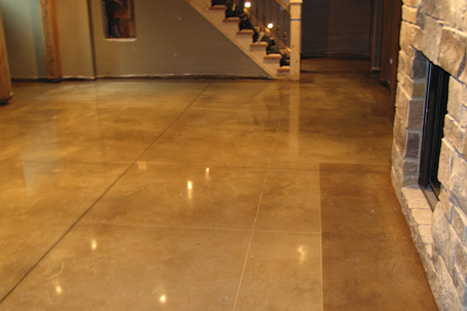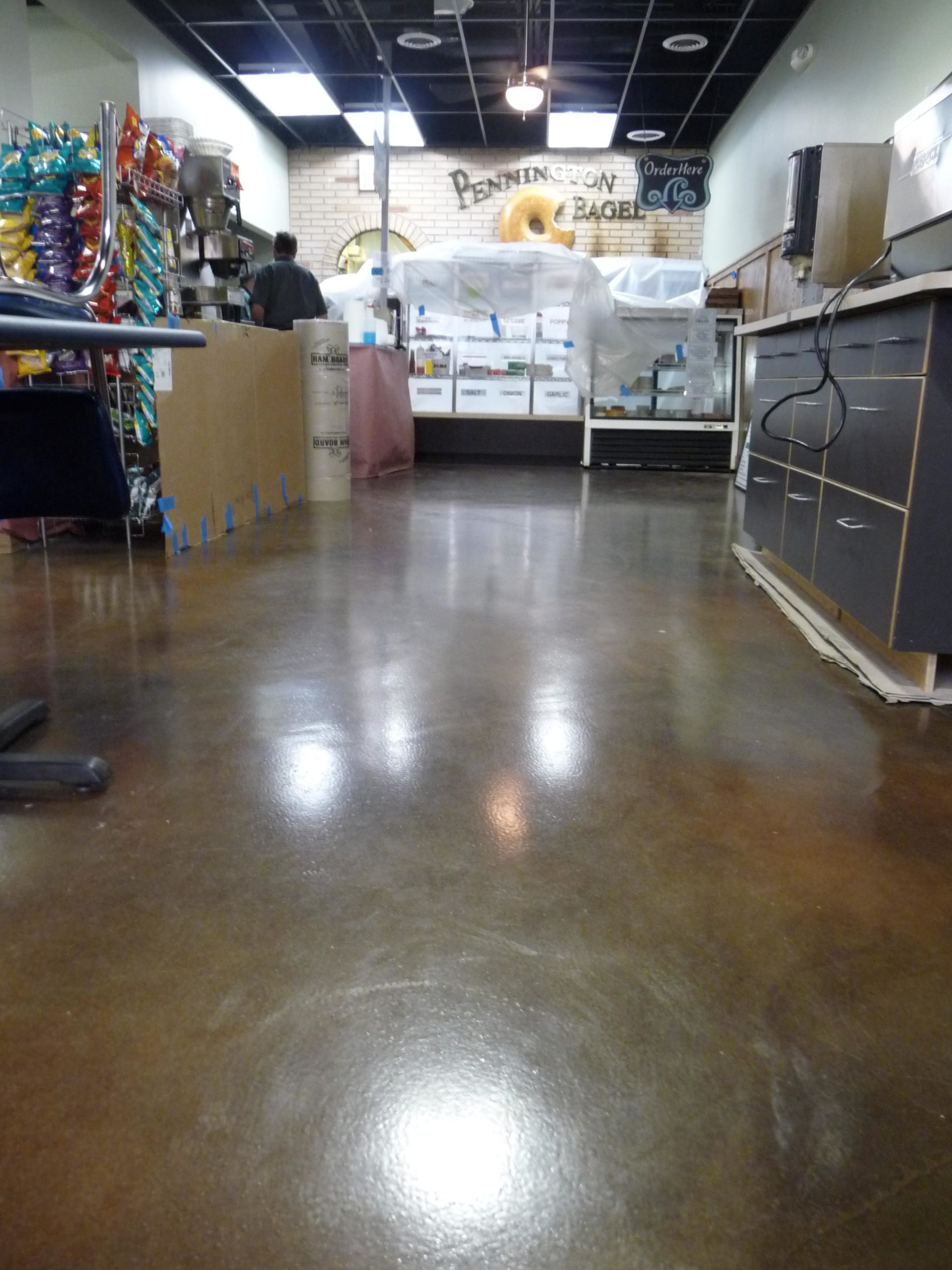Why Regional Discolored Floor Covering Is the Perfect Option for Sustainable Home Renovation
In the realm of sustainable home enhancement, local discolored floor covering has arised as a prominent selection among eco conscious home owners. The distinct mix of visual allure, sturdiness, and ecological advantages it uses can not be neglected. By utilizing locally sourced wood, it cultivates a positive environmental influence, and the discoloration procedure improves toughness while decreasing unsafe chemical usage. As an economical financial investment with lowered maintenance needs, it raises a provocative inquiry: could this be the excellent solution for sustainable housing?
Recognizing the Idea of Regional Tarnished Flooring
While the notion could appear unique to some, neighborhood stained flooring is a cutting-edge technique to home improvement that incorporates looks, resilience, and sustainability. The discoloration procedure not just enhances the all-natural charm of the timber grain yet additionally includes a layer of defense, increasing the durability of the floor covering. Making use of local wood varieties typically supports local economic situations and advertises accountable forest administration techniques.
The Aesthetic Appeal of Local Tainted Flooring
Why is regional tarnished floor covering acquiring popularity for its aesthetics? The answer depends on the one-of-a-kind appeal and character it brings to any room. Neighborhood stained flooring offers a diverse variety of shades and patterns, mirroring the natural elegance and variations of the neighborhood wood varieties used. This develops a distinct, tailored visual that can not be duplicated by mass-produced choices. Additionally, the discoloration procedure enhances the wood's innate grain and structure, including depth and richness to the floor's appearance. This rustic sophistication seamlessly blends with different interior decoration styles, from conventional to modern-day, making it a functional selection for homeowners. Eventually, the appeal of regional tarnished floor covering depends on its capacity to change homes right into distinctive, aesthetically appealing rooms while advertising sustainability.
Environmental Impacts of Neighborhood Discolored Flooring
The environmental implications of neighborhood discolored flooring include two substantial factors: reducing carbon footprint and waste reduction advantages. Utilizing in your area sourced materials for staining not only decreases transport discharges, but likewise advertises lasting forestry practices. Furthermore, the waste reduction aspect enters into play as these flooring types often have a longer life expectancy, reducing the frequent requirement for substitutes and the waste connected with it.
Lowering Carbon Footprint
As home owners turn to more sustainable alternatives, regional stained flooring emerges as a feasible solution to lower carbon footprint. The procedure of staining the floor covering, instead than making use of artificial coatings, entails less chemicals and less energy-intensive procedures. Choosing for regional tarnished flooring shows an efficient procedure in promoting ecological sustainability, highlighting a concrete means homeowners can add to combating climate adjustment from the comfort of their own homes. Stained Concrete.
Waste Minimization Advantages
Although often neglected, waste minimization is another substantial benefit of neighborhood stained flooring. By selecting this choice, house owners assist decrease the mass of waste headed to garbage dumps. This floor covering type, generally sourced from neighborhood timber, can be restored, redecorated, and reused, including in its long life. Unlike artificial floor covering, it does not add to the development of non-biodegradable waste. In addition, the staining process uses fewer resources and creates less waste contrasted to producing brand-new floor covering products. Any type of waste generated throughout the discoloration procedure is biodegradable and typically organic, mitigating ecological injury. The option of neighborhood stained floor covering not only beautifies homes yet also underpins a dedication to sustainable living and waste decrease.
The Longevity and Maintenance of Regional Stained Flooring

The Cost-Effectiveness of Local Tainted Flooring
While neighborhood discolored floor covering might at first appear much more pricey than various other alternatives such as rug or laminate, its longevity and longevity rapidly transform it right into an affordable selection. The upfront expense is usually balanced out by the decrease in maintenance expenditures over time. Unlike carpetings that need routine deep cleansing or laminate that might call for substitute after a couple of years, tarnished floors are built to last, decreasing the requirement for expensive fixings or substitute. Regional sourcing of materials reduces transportation costs, adding to both monetary savings and a reduced carbon impact. For homeowners looking for a lasting, cost-effective option for their flooring requires, regional discolored flooring arises as a premium, lasting investment that pays off with time.

The Real World Instances of Lasting Residences With Local Tainted Flooring
In the world of sustainable home enhancement, neighborhood stained floor covering has actually emerged as a preferred option. To additionally illustrate its advantages, a number of the real world examples of environment-friendly homes that have actually efficiently incorporated this flooring method will certainly be highlighted. These instance studies offer concrete evidence of the click this site advantages and influence of making use of neighborhood stained flooring in sustainable homes.

Display: Eco-Friendly Flooring Homes
Checking the globe, one can locate various homes that personify the concept of green living with the usage of regional stained flooring. Throughout oceans in copyright, a contemporary residence showcases its rich, maple-stained floor covering, you can look here a testimony to the bountiful local wood supply (Stained Concrete). These homes not just display the visual flexibility of regional discolored floor covering yet also its contribution to a more sustainable way of life.
Regional Tainted Floor Covering Advantages
The obvious allure of neighborhood discolored floor covering extends past its aesthetic appeal, as it likewise supplies substantial advantages to both home owners and the atmosphere. One more instance is a green-certified home in Austin, Texas, where in your area sourced walnut was discolored and made use of for floor covering, adding to the home's LEED accreditation.
Verdict
Finally, local discolored flooring is a feasible and lasting option for home enhancement. This option sustains local economic climates, reduces environmental effect, and improves home aesthetic appeals. Its toughness makes certain long life, minimizing maintenance expenses in the lengthy run. With its one-of-a-kind blend of ecological, cost-effective and visual advantages, neighborhood discolored flooring is a clear option for property owners seeking a sustainable, aesthetically appealing and cost-effective home improvement option.
In the realm of sustainable home enhancement, local tarnished flooring has actually emerged as a popular choice amongst eco mindful homeowners. Local tarnished floor covering provides a varied array of patterns and shades, mirroring the natural charm and variants of the regional timber types utilized. The option of regional stained flooring not just enhances homes yet also underpins a commitment to sustainable living and waste decrease.
For property owners seeking a sustainable, affordable option for their floor covering requires, neighborhood stained floor covering emerges as a premium, lasting investment that pays off over time. Residential Stained Concrete Floors.
With its one-of-a-kind mix of ecological, visual and cost-effective advantages, local stained floor covering is page a clear option for home owners looking for a lasting, aesthetically appealing and economical home enhancement solution.